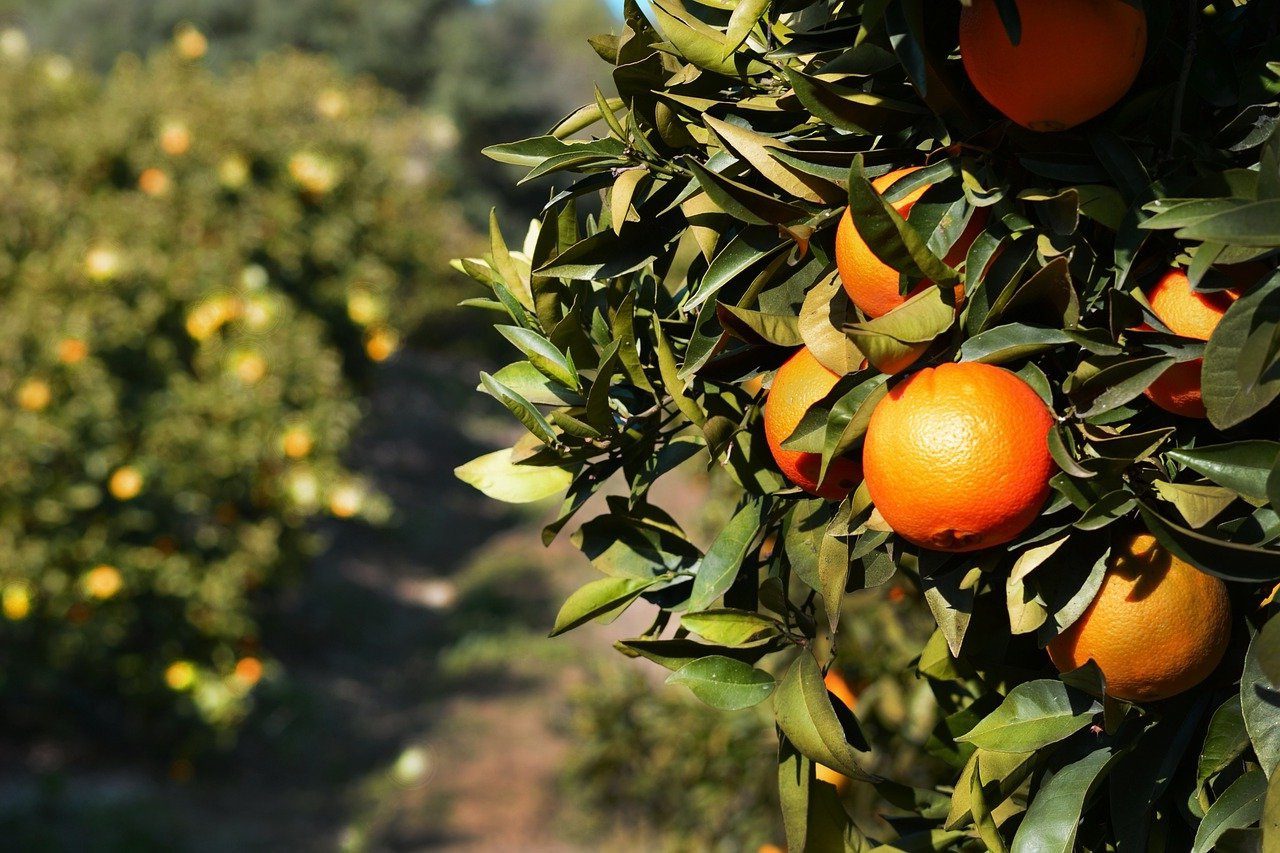A comprehensive grove management program is necessary to keep your Florida citrus grove productive, starting with fertilizers.
The Director of the UF/IFAS Citrus Research and Education Center in Lake Alfred, Michael Rogers, recognized in a recent Citrus Industry article the hardships that Florida citrus growers have dealt with this last season, namely hurricane damage and citrus greening. While therapies like plant growth regulators (PGRs) and oxytetracycline injections give hope for the future, they are not magic and cannot stand alone; “The lingering effects of hurricane Ian will impact next season’s crop as trees continue to recover and balance out canopy regrowth with fruit production,” Rogers wrote, and that these therapies “must be used as part of a comprehensive grove management program.” See his recommendations for such a management program below.
Comprehensive Grove Management Program: Irrigation and Fertilization
Rogers advised that a comprehensive grove management program should focus firstly on irrigation and fertilizers, maintaining that “The most important thing that can be done to improve grove productivity is to ensure trees are never lacking in water and proper nutrients (both macros and micros).” He also advised that “The success of any additional therapies is dependent on getting this part right!”
Rogers’ recommendations for fertilizers included:
- “Keep soil pH between 5.8 and 6.5.
- Perform routine leaf nutrient sampling to ensure all macronutrients and micronutrients are in the optimal to high range according to University of Florida Institute of Food and Agricultural Sciences (UF/IFAS) recommendations.
- Soil nutrient analysis is needed but should be done along with leaf nutrient analysis because nutrients in the soil may not be readily available to the plant.
- When leaf tests show excessive nutrient concentration, consider omitting that nutrient in the next four to six months to make sure the nutrient level drops back within the optimal or high ranges for best tree performance. Excessive nutrient concentration may result in too much vegetative growth at the expense of fruit yield and juice quality.
- Split applications of nutrients are encouraged. For example, if using fertigation, apply a minimum of 12 to 30 splits a year. If using dry soluble fertilizer, four split applications are ideal. When using controlled or slow-release fertilizer, apply two to three times per year.
- Fertilizer blends should include both macronutrients and micronutrients.”
See Rogers’ additional recommendations in our subsequent blog.
Griffin Fertilizer is committed to helping both growers and ranchers make sound agronomic and economic decisions in order to maximize the health of their grove and pasture. As a full-service custom dry & liquid fertilizer blender and crop protection product distributor, we will continue our mission to further advance Florida agriculture. For questions -or concerns about your farm or pasture, contact us and one of our team will be in touch.

